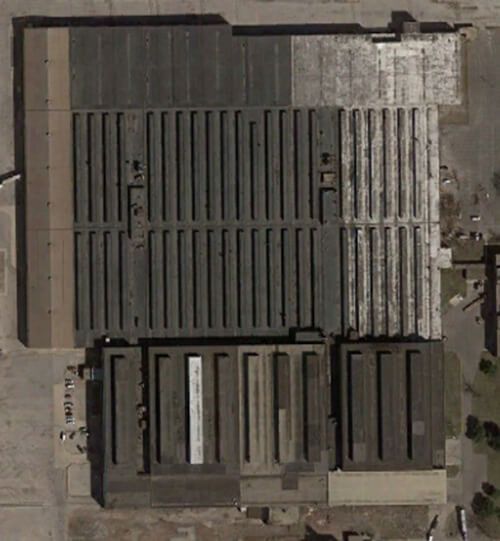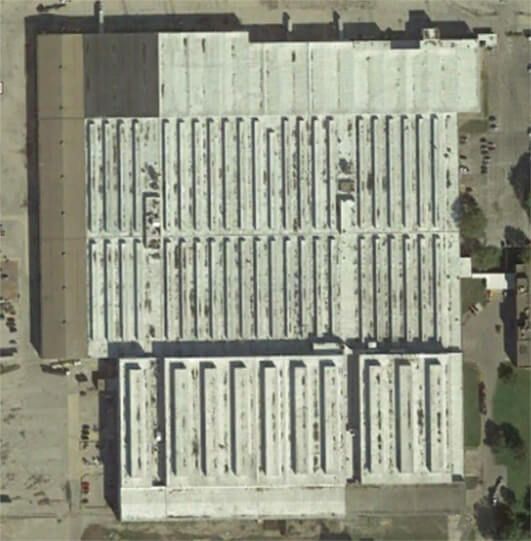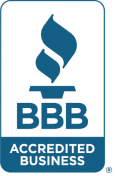WAUKEGAN, CHICAGO
COMMERCIAL ROOFING
There's never been a better time to get a new roof! Take Advantage of Special Economic Recovery Pricing!
TOP-RATED COMMERCIAL ROOFING COMPANY IN GOLD WAUKEGAN, CHICAGO
At ACR1 Commercial Roofing, we understand the importance of a top-quality roof to protect your commercial structure. Our team of roofing contractors specializes in commercial roofing services and has served Waukegan, Chicago, with expert workmanship for years. Our team of experienced roofing technicians is committed to providing superior service, no matter what the size of the roofing project.
CHICAGO
1153 South Lee St
Des Plaines, IL 60016
CALL 24/7
(847) 238-2029
HOURS:
Mon – Fri: 8:00 am – 5:00 pm
Sat: By Appointment
Sun: Closed
CHICAGO COMMERCIAL ROOFING
Due to the severe weather that Waukegan may experience, your commercial roofing system may experience damage due to water, wind, rain, snow, and other sources. This damage to your commercial roof can lead to leaks, degraded seams, and other damage that can compromise the integrity of your roofing system. If your commercial roof has been damaged severely or your roof is nearing the end of its lifespan, then we may make recommendations for a commercial roof replacement.
Our expert team of commercial roofers specializes in re-roofing commercial buildings of all types. We work on the following roof types:
We offer a monolithic roofing replacement system that is flexible, highly durable, and more energy-efficient. This seamless roofing system is manufactured directly on your building, providing you with a custom-fitted commercial roofing system that seamlessly fits your flashings and penetrations. This eliminates the need for the roof material to be cut and glued, preventing the need for seams that can fail and cause leaks.
We can also add highly reflective options to your roof to lower cooling costs. Additional insulation can also be added to further lower your energy costs. These coatings include:
- Flexbond White Elastomeric
- Flexbond Chips
- Flexbond Aluminum Coating
Share Your Roofing Concerns with ACR1, Get Expert Help!
Contact Us
COMMERCIAL ROOF REPAIR
In Waukegan, Chicago, your commercial roof may experience leaks, drafts, standing water, or damage which are all signs that your roof requires repairs. Commercial roof repairs are necessary to your roof maintenance routine helping to not only prevent further damage to your roof but will also help save you on more costly repairs or roof replacement.
When you have your roof repaired, you can increase your property value while preserving the commercial roof’s lifespan. As part of our repair process, we will perform a thorough inspection of your roof. During this inspection, we will look for common commercial roof issues and will work to make the best recommendation for the repairs needed.


COMMERCIAL ROOF REPLACEMENT
We offer a monolithic roofing replacement system that is flexible, highly durable, and more energy-efficient. This seamless roofing system is manufactured directly on your building, providing you with a custom-fitted commercial roofing system that seamlessly fits your flashings and penetrations. This eliminates the need for the roof material to be cut and glued, preventing the need for seams that can fail and cause leaks.
EMERGENCY
RESPONSE AVAILABLE
LICENSED, BONDED
& FULLY INSURED
HIGHEST STANDARDS
In most scenarios, we are able to repair your roof promptly and efficiently.
ROOFING FOR CHICAGO BUSINESSES
| NAPERVILLE | WAUKEGAN | OAK PARK |
| JOLIET | ROSEMONT | OAK LAWN |
| AURORA | LAKEVIEW | ROCKFORD |
| DES PLAINES | ELGIN | EVANSTON |
| GOLD COAST | WEST TOWN | MILWAUKEE, WI |





